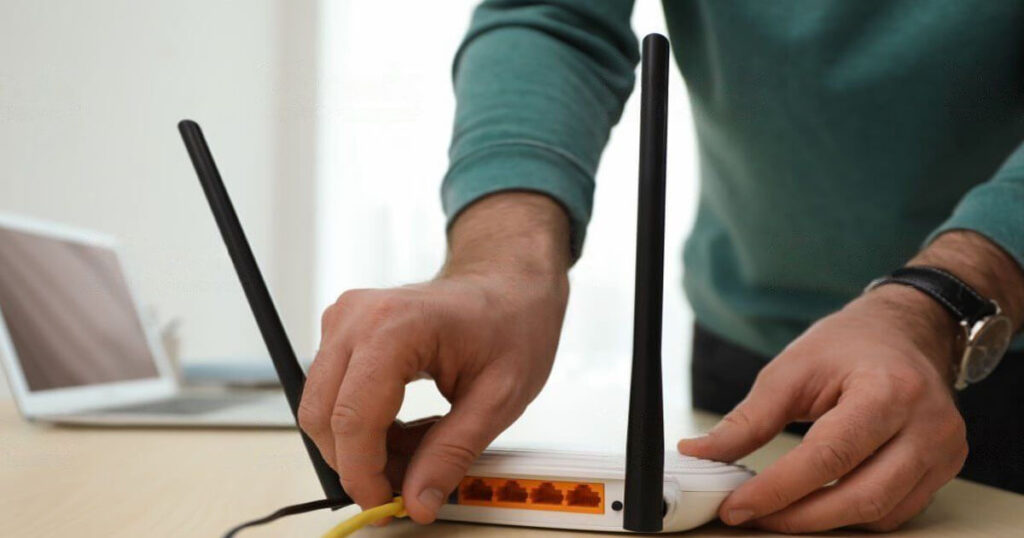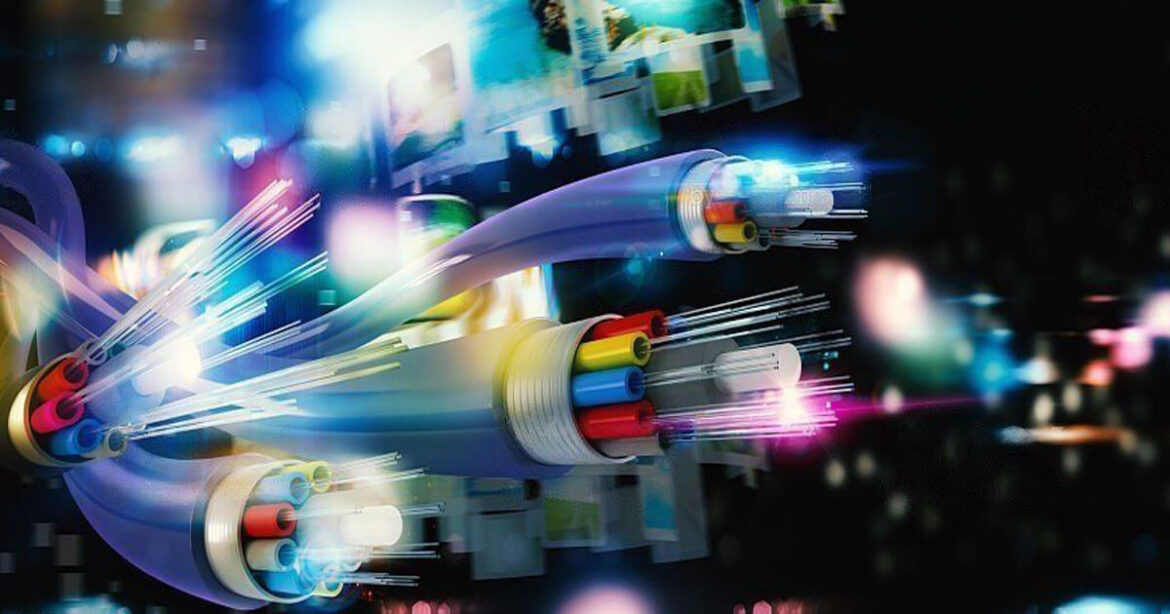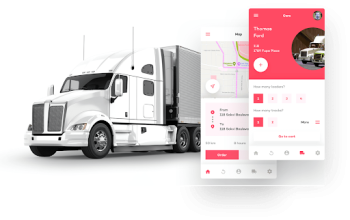
What is Fiber Connection? If you are not familiar with the term Fiber connection it may seem somewhat daunting or confusing but when broken down to the essentials, it can be quite simple. To start with, there are three basic levels of internet connection. These are dial-up, DSL and high-speed broadband and all three run through your phone line or cable connections provided by your local telephone company or cable TV provider respectively.
What is Fiber Connection?
Fiber connection is a technology that uses optical fiber to transmit data at high speeds. It is capable of transmitting data over long distances at very high speeds, making it ideal for use in data-intensive applications such as video conferencing and streaming media. Type of fiber network connection that delivers high-speed Internet access directly to your home. FTTH technology is becoming increasingly popular as more and more people are looking for ways to get faster Internet speeds.
By taking advantage of the way light moves through glass fibers, this type of connection can offer data transmission rates up to 10 gigabits per second. That’s 20 times faster than traditional broadband and has been shown to have many benefits, including improved speed, increased reliability, increased bandwidth capacity, and lower costs due to reduced infrastructure costs. Plus there are no ongoing maintenance fees or phone line requirements.
How does a Fiber connection work?

Fiber-optic internet uses tiny, flexible glass or plastic strands to deliver data at high speeds. This type of connection is usually faster than both DSL and cable, making it ideal for activities like streaming video and gaming that require a lot of bandwidth. And because fiber connection cables are not as susceptible to interference as copper wires, the connection is also more reliable. But how does this technology actually work?
At its most basic level, you can think of an optical fiber as just a really long string made up of bundles called optical fibers that transmit information by sending pulses of light. That string starts in one location with an input device, which then converts your messages into electrical signals (that travel on the copper wire). These electrical signals travel down the length of the line until they reach their destination, where they’re converted back into light signals before being decoded.
What are The best Different fiber connector types supplier?
There are many different fiber connector types supplier on the market. The most common type is the LC connector, which is a small form-factor connector that uses a push-pull tab to latch. LC connectors are available in both single-mode and multimode versions.
Another common type of fiber connection is the ST connector. The ST, or straight tip, connector was one of the first fiber optic connectors ever used. It has a bayonet mount and features a spring-loaded shutter that protects against dust and debris. ST connectors are most commonly used in single-mode applications.
The FC, or fixed connection, connector is similar to the ST, but it has a threaded barrel instead of a bayonet mount.
What are some Disadvantages of a Fiber to the Home?
A fiber network connection to the home can be very advantageous. It can provide you with high-speed internet, telephone, and television service. However, there are some disadvantages to having a network fibe to the home. One disadvantage is that it can be very expensive. Another disadvantage is that it can be difficult to install. Additionally, if there is a power outage, your network connection will not work. Finally, if you move, you will likely have to re-install your fiber connection. In conclusion, a network connection to the home has many advantages as well as disadvantages. If you decide to go ahead with getting one installed in your house, make sure that you take into account all of these factors before making your decision.
The benefits of fiber connection:
Fiber connection is a type of internet connection that uses optical fiber cables instead of copper wires. It offers many benefits over traditional copper wire internet, including higher speeds, lower latency, and more reliability. In order for a home to have a fiber internet connection. Must have an active account with its service provider. There are two types of equipment needed in order for a home to have access. A Network Interface Device (NID) and an Optical Network Terminal (ONT). The NID is installed on the outside of your house while the ONT will be located near your main point of entry inside your house. The ONT can be plugged into any broadband modem or router you already have at home and will then provide you with access to high-speed internet.
Who Benefits From an FTTH Connection?
There are many benefits that come with a fiber connection. Perhaps the most obvious benefit is the increased speed that comes with this type of connection. With an FTTH connection, you can enjoy speeds of up to 1 Gbps. This is much faster than what you would get with a traditional copper line. In addition to being able to use your internet connection more efficiently. FTTH connection you also have access to phone service and television. You will no longer have to worry about any pesky wiring or cords in your home. As long as there is a fiber jack in your house (typically installed on outside walls). All you need is a modem and some Ethernet cables for each computer in order to set up service.



